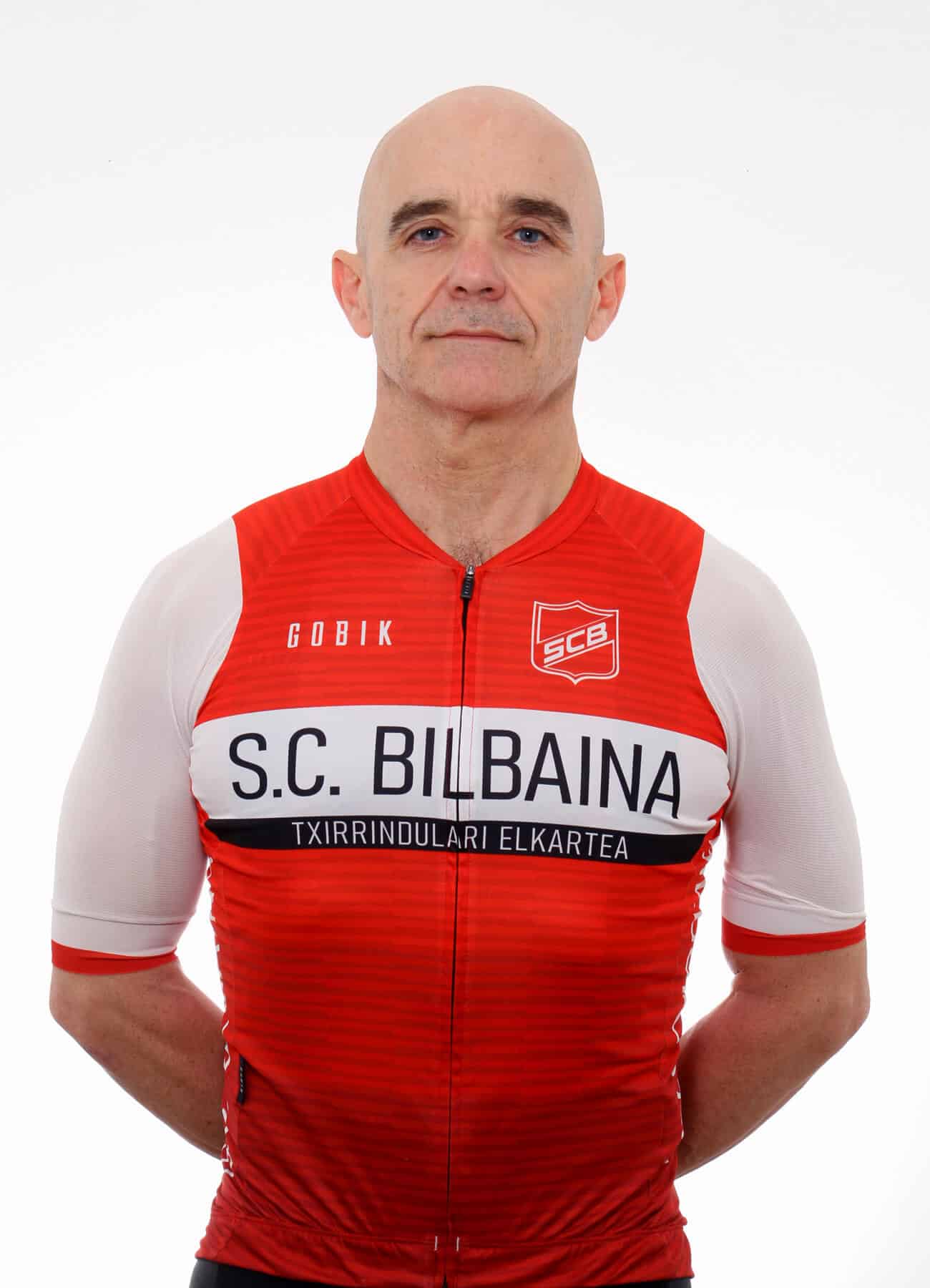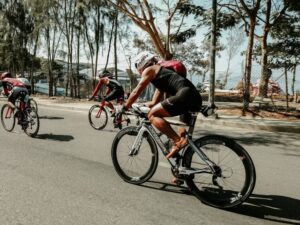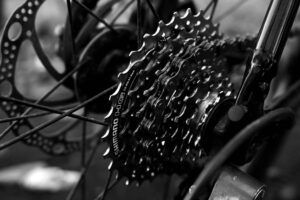Proper attire is crucial for road cycling. Understanding how to dress for various temperatures is key. Guidelines for cycling in 70-degree weather and below freezing temperatures are essential. Consider dew point when dressing and adapt clothing to changing weather conditions. Utilize arm warmers, leg warmers, and shoe covers for versatility.
Selecting the right jersey, shorts, gloves, and socks is important for comfort and performance. Layering with base layers and using wind and water-resistant gear can enhance your riding experience. Sweat management is also crucial for better performance.
Understanding the Importance of Proper Cycling Attire
When it comes to road cycling, wearing the right attire is essential for both comfort and performance. Proper cycling attire not only enhances your overall experience on the road, but also plays a crucial role in keeping you safe and protected.
- Choosing the appropriate clothing can make a significant difference in how you feel during your ride.
- Comfortable and well-fitting clothing can prevent chafing and discomfort, allowing you to focus on your ride.
- Proper cycling attire is designed to offer breathability and moisture-wicking properties, keeping you dry and comfortable throughout your journey.

Guidelines for Dressing for Road Cycling in Different Temperature Ranges
Gear for Cycling in 70 Degrees Fahrenheit Weather
When riding in 70-degree weather, opt for breathable fabrics that wick away sweat. Wear lightweight cycling shorts and a moisture-wicking jersey to stay cool and comfortable.
Clothing Suggestions for Riding Below Freezing Temperatures
For temperatures below freezing, layer up with thermal base layers, a windproof jacket, and insulated tights. Don’t forget to protect your extremities with thermal gloves, shoe covers, and a thermal skull cap.
Recommended Attire for Cycling in Various Weather Conditions
- Dress in layers to adapt to fluctuating temperatures.
- Use arm warmers and leg warmers to adjust to changing weather conditions.
- Choose waterproof and windproof gear for rainy or windy days.
Considerations for Factoring in Dew Point When Dressing for Cycling
When preparing for a road cycling session, it is crucial to take into account the dew point in addition to the temperature. The dew point indicates how much moisture is in the air, influencing how we perceive the temperature. In humid conditions, the dew point can make it feel warmer than it actually is, while in drier climates, the opposite can occur.
- Under high dew point conditions, moisture-wicking fabrics are essential to help regulate body temperature and keep sweat at bay.
- Consider lightweight and breathable clothing to prevent overheating when cycling in areas with high humidity and dew points.
- Moisture-wicking base layers can help manage perspiration and enhance overall comfort during your ride, especially in humid environments.
- Be mindful of the potential for increased sweat accumulation under high dew point conditions and choose clothing that can effectively manage moisture to avoid discomfort.
Versatility of Cycling Apparel: Adaptation to Changing Weather Conditions
When it comes to road cycling, being prepared for changing weather conditions is key. Having versatile apparel that can adapt to various situations is essential for a comfortable and enjoyable ride. Here we’ll explore the importance of utilizing arm warmers and leg warmers, as well as the significance of shoe covers for enhancing riding comfort.
Utilizing Arm Warmers and Leg Warmers for Versatile Attire
Arm warmers and leg warmers are versatile pieces of cycling apparel that can easily be added or removed depending on the temperature. When the weather is cool in the morning but warms up throughout the day, arm warmers and leg warmers allow you to adjust your clothing without having to change your entire outfit.
They provide an extra layer of insulation for your extremities, keeping you comfortable in fluctuating weather conditions.
Importance of Shoe Covers for Enhancing Riding Comfort
Shoe covers are another important component of a cyclist’s wardrobe, especially in cold or wet conditions. They help to keep your feet warm and dry, protecting them from the elements and maintaining comfort during your ride.
Shoe covers come in different materials and designs, offering varying levels of insulation and waterproofing to suit your specific needs. By investing in a good pair of shoe covers, you can ensure that your feet remain comfortable and protected no matter what the weather has in store.
Selecting the Right Cycling Jersey and Shorts
When it comes to road cycling, choosing the appropriate clothing is key to a comfortable and enjoyable ride. Selecting the right cycling jersey and shorts can make a significant difference in your overall experience.
- Opt for a cycling jersey that fits snugly but allows for freedom of movement. Look for moisture-wicking fabric to keep you dry and comfortable during your ride.
- Choose cycling shorts with padding for added comfort and support on long rides. The padding helps reduce chafing and provide cushioning where you need it most.
- Consider the length and fit of the shorts, ensuring they stay in place and do not ride up while cycling. A good pair of cycling shorts can make a difference in your performance and overall enjoyment of the ride.
Choosing the Ideal Cycling Gloves for Hand Protection
When it comes to road cycling, selecting the right pair of cycling gloves is essential for hand protection. Cycling gloves are designed to offer comfort, grip, and protection during your rides. Here are some key factors to consider when choosing the ideal cycling gloves:
- Material: Opt for gloves made from breathable and moisture-wicking materials to keep your hands dry and comfortable.
- Padding: Look for gloves with adequate padding in key pressure points to reduce hand fatigue and numbness on long rides.
- Fit: Ensure that the gloves fit snugly but not too tight to allow for movement and circulation.
- Grip: Choose gloves with silicone or padded palms for a secure grip on the handlebars, especially in wet conditions.
- Weather Protection: Consider weather conditions when selecting gloves – insulated gloves for cold weather and fingerless gloves for warm weather.
By selecting the right cycling gloves, you can enhance your comfort, performance, and overall riding experience on the road.
Benefits of Using Wool Socks for Cycling Comfort
Wool socks offer various benefits for cyclists seeking comfort and performance during rides. Here are some advantages of using wool socks:
- Moisture Wicking: Wool has natural moisture-wicking properties, keeping your feet dry and comfortable throughout your ride.
- Temperature Regulation: Wool helps regulate foot temperature, keeping your feet warm in cooler conditions and cool in warmer weather.
- Odor Resistance: Wool is naturally resistant to odors, ensuring that your socks stay fresh even during long rides.
- Cushioning: Wool socks provide extra cushioning and padding, reducing the risk of blisters and providing added comfort.
- Durability: Wool socks are known for their durability, making them a long-lasting and reliable choice for cyclists.
Essential Apparel for Winter Cycling
Winter cycling demands specialized apparel to combat the cold weather and ensure comfort and safety on the road. From insulating bib tights to protective shoe covers and toe warmers, the right gear makes a significant difference in your riding experience.
Insulating Properties of Bib Tights for Cold Weather Riding
Bib tights are designed to provide insulation and protection against harsh winter conditions. The thermal material retains body heat, keeping your muscles warm and flexible during cold rides. Look for bib tights with windproof and water-resistant features to shield you from the elements.
Advantages of Winter Bib Tights for Added Protection
Winter bib tights offer an added layer of protection against the cold, wind, and moisture. Their snug fit prevents drafts and maintains body heat, enhancing your overall comfort and performance. Opt for bib tights with reflective elements for increased visibility in low-light conditions.
Enhancing Foot Comfort with Shoe Covers and Toe Warmers
Shoe covers and toe warmers are essential accessories for winter cycling to keep your feet warm and dry. Neoprene shoe covers provide insulation and shield your shoes from rain and wind, while toe warmers add an extra layer of warmth to your toes, preventing numbness and discomfort on chilly rides.
Importance of Layering with Cycling Base Layers
When it comes to road cycling, layering with cycling base layers is essential for maintaining comfort and performance in different weather conditions. Base layers are designed to wick away moisture from the skin, keeping you dry and comfortable during your ride. By layering with a base layer under your jersey, you create a barrier that helps regulate body temperature by trapping a thin layer of air close to your skin.
- Base layers come in a variety of materials, such as polyester blends or merino wool, each offering different levels of breathability and moisture-wicking properties.
- Choosing the right base layer depending on the temperature and intensity of your ride can make a significant difference in how comfortable you feel throughout your cycling session.
- Layering with a base layer also helps prevent chafing and irritation, as it provides an extra layer of protection between your skin and the outer cycling jersey.
Maintaining Foot and Hand Comfort with Proper Gear
Benefits of Cycling Socks and Full Finger Gloves
When it comes to maintaining comfort during road cycling, the right gear for your hands and feet is essential. Cycling socks play a crucial role in keeping your feet dry and preventing blisters. Opt for moisture-wicking materials to ensure comfort on long rides. Additionally, full finger gloves provide protection from the elements and enhance grip on the handlebars.
Cycling Socks:
- Moisture-wicking materials
- Prevent blisters
- Enhance comfort
Full Finger Gloves:
- Protection from elements
- Improved grip
- Enhanced hand comfort
By investing in quality cycling socks and full finger gloves, you can ensure that your hands and feet remain comfortable and protected throughout your road cycling adventures.
Protection from Elements: Wind and Water Resistant Gear
- Shield yourself from harsh weather conditions with windproof and water-resistant cycling gear.
- Investing in a good quality windproof jacket can protect you from chilly winds during your rides.
- Choose gear that offers breathability while effectively blocking out wind and repelling water.
- Consider versatile pieces like convertible jackets that can adapt to changing weather conditions.
- Ensure your cycling gear is designed to keep you dry and comfortable in inclement weather.
- Look for gloves that offer water resistance to keep your hands warm and dry during rainy rides.
- Windproof shoe covers can help keep your feet warm and shielded from the elements.
Staying Dry and Warm with Appropriate Attire
When it comes to cycling in various weather conditions, staying dry and warm is crucial for a comfortable and enjoyable ride. Proper clothing choices can make a significant difference in your overall riding experience. Here are some key considerations for staying dry and warm with appropriate attire:
- Investing in wind and water-resistant gear can provide protection from the elements, keeping you dry during rainy or windy rides.
- Utilizing moisture-wicking fabrics in your clothing can help manage sweat and moisture, enhancing your comfort and performance.
- Layering up with cycling base layers can offer additional insulation and warmth, especially in colder temperatures.
- Choosing the right materials for your cycling attire, such as breathable fabrics that allow moisture to evaporate, can help regulate your body temperature and prevent overheating.
Sweat Management: Wicking Clothing for Better Performance
- Wicking clothing is essential for cyclists to manage sweat effectively during rides. This type of fabric helps to pull moisture away from the skin, keeping you dry and comfortable throughout your cycling session.
- By wearing wicking clothing, you can prevent chafing and irritation that may occur when sweat accumulates on your skin. This promotes a more enjoyable and hassle-free cycling experience.
- Investing in wicking clothing is crucial for maintaining optimal body temperature and avoiding overheating, especially during intense rides or in hot weather conditions.
Concluding Thoughts on Dressing Appropriately for Road Cycling
- Choosing the right clothing for road cycling is essential for comfort and performance.
- Layering with appropriate base layers and utilizing wind and water-resistant gear can enhance the overall riding experience.
- Ensuring proper insulation with bib tights and using shoe covers and toe warmers in winter conditions can protect against the cold.
- Managing sweat with wicking clothing materials can lead to better performance and comfort during rides.
- By selecting the right gear for different weather conditions, cyclists can enjoy their road cycling adventures with confidence and ease.



